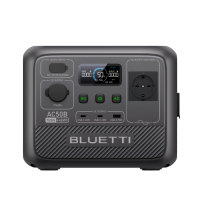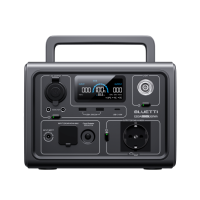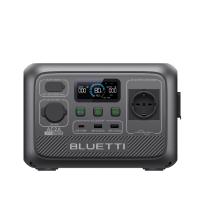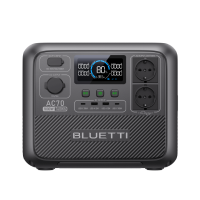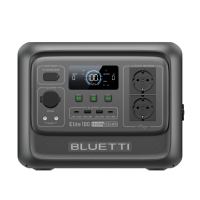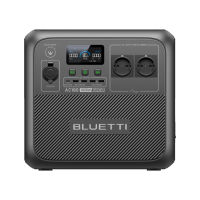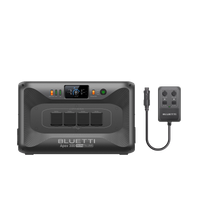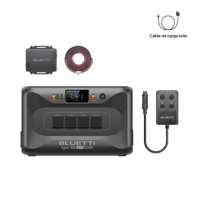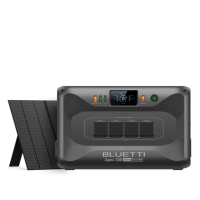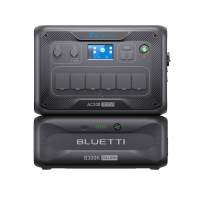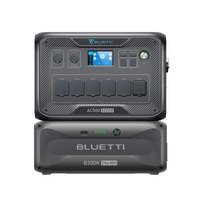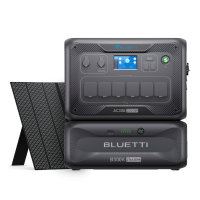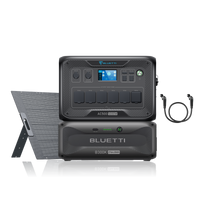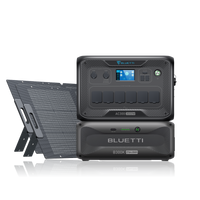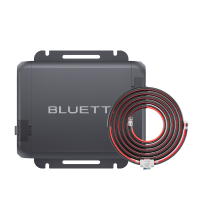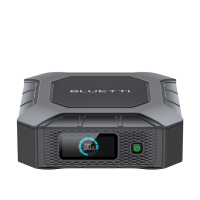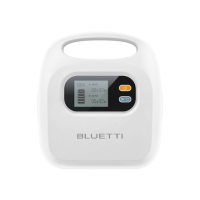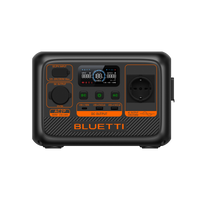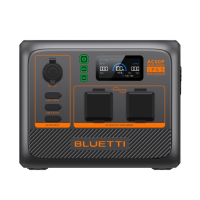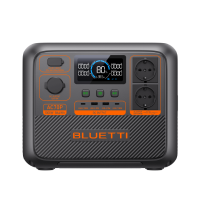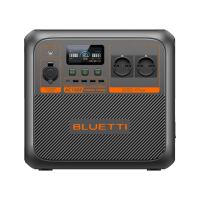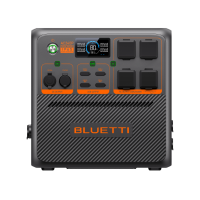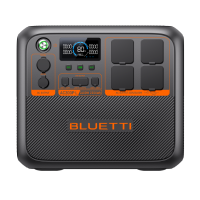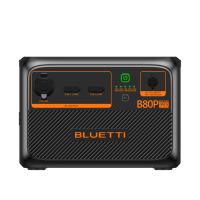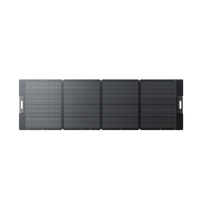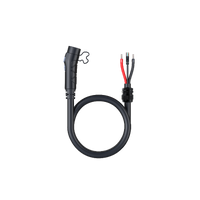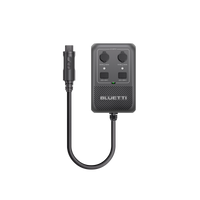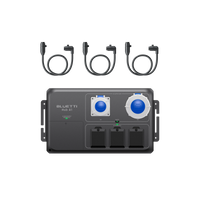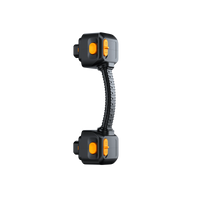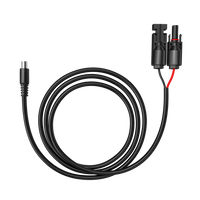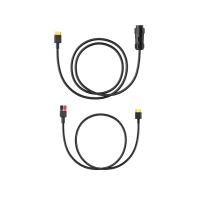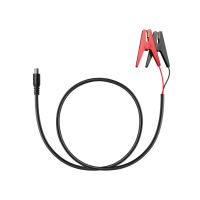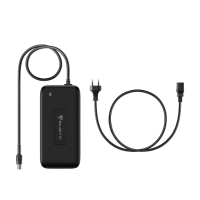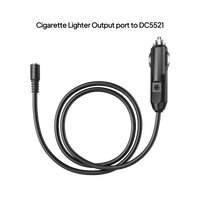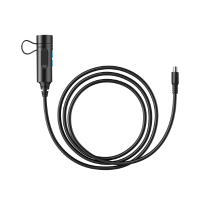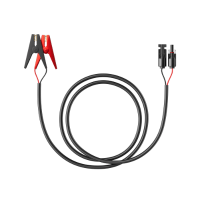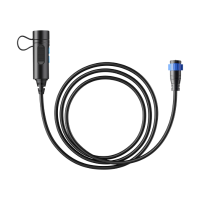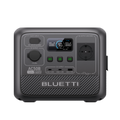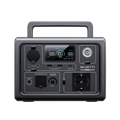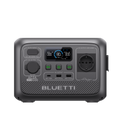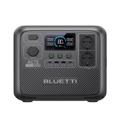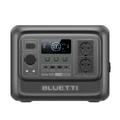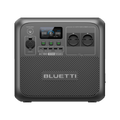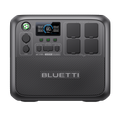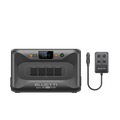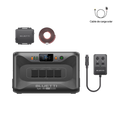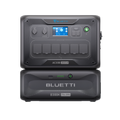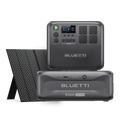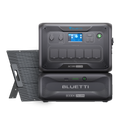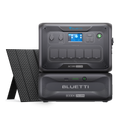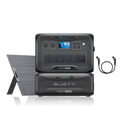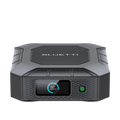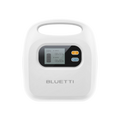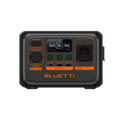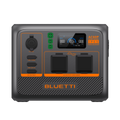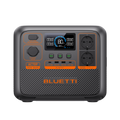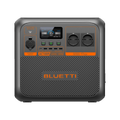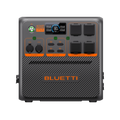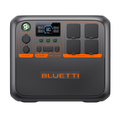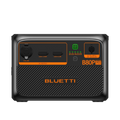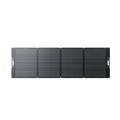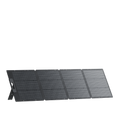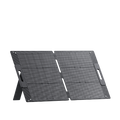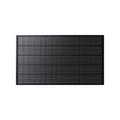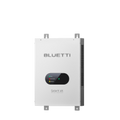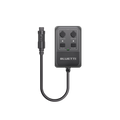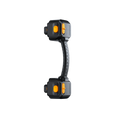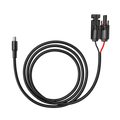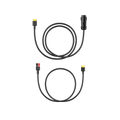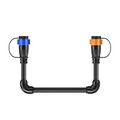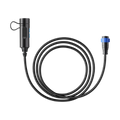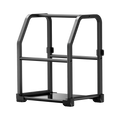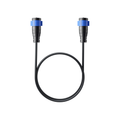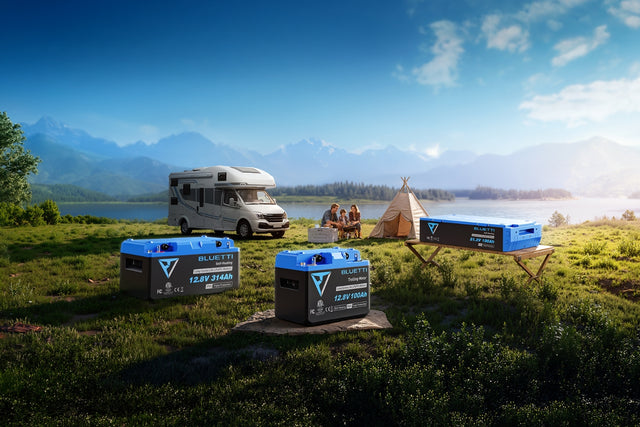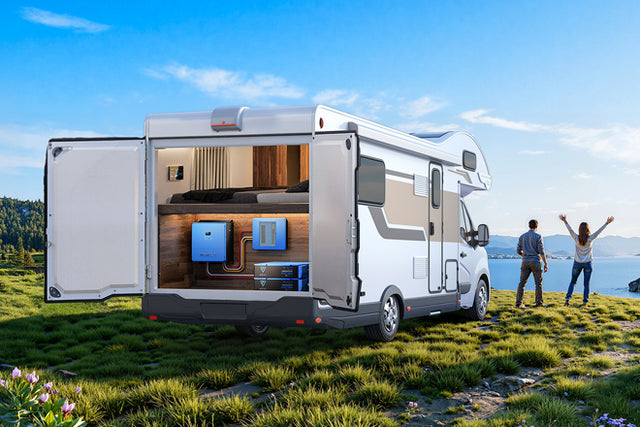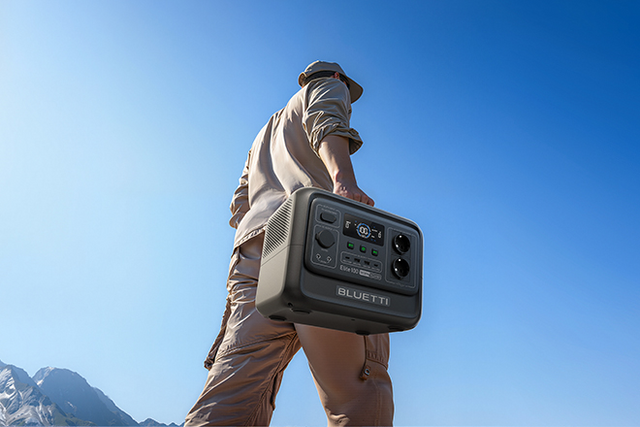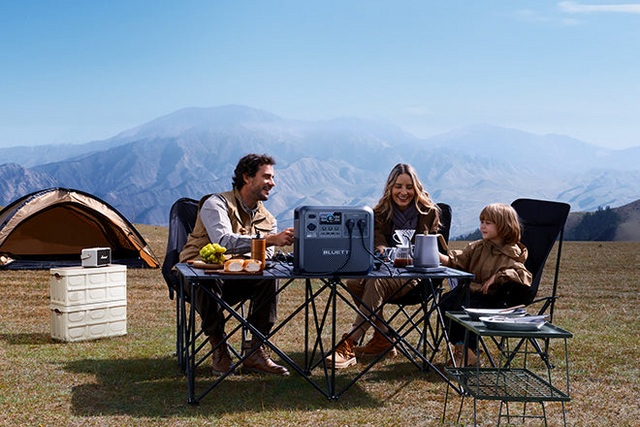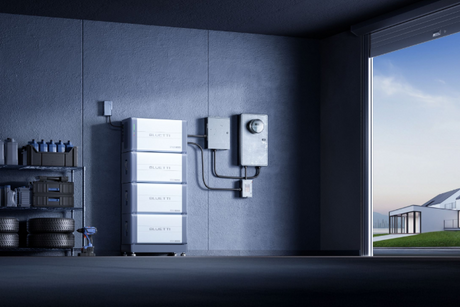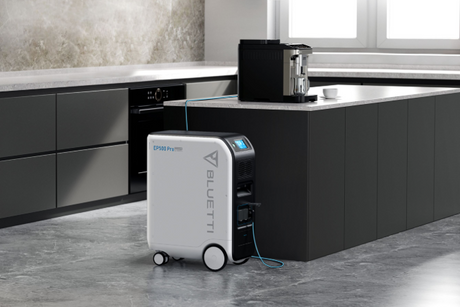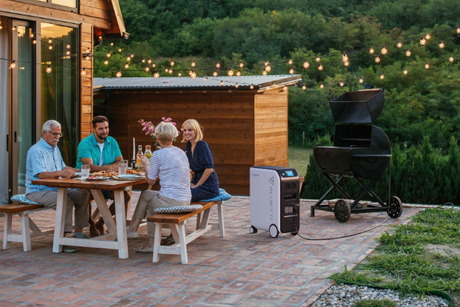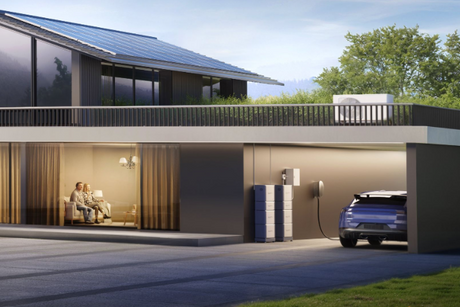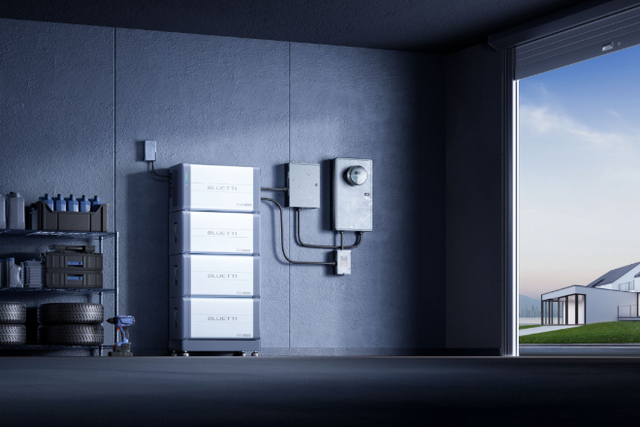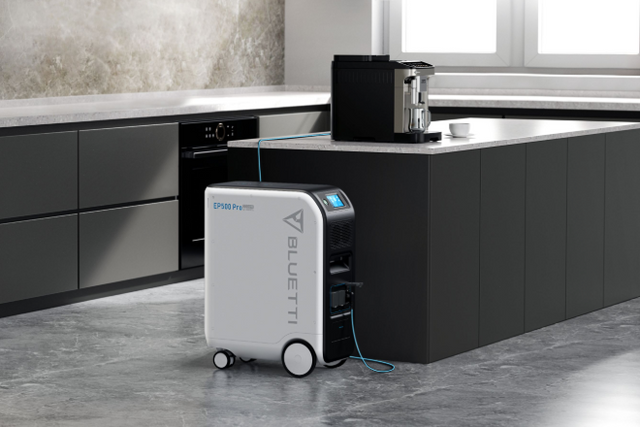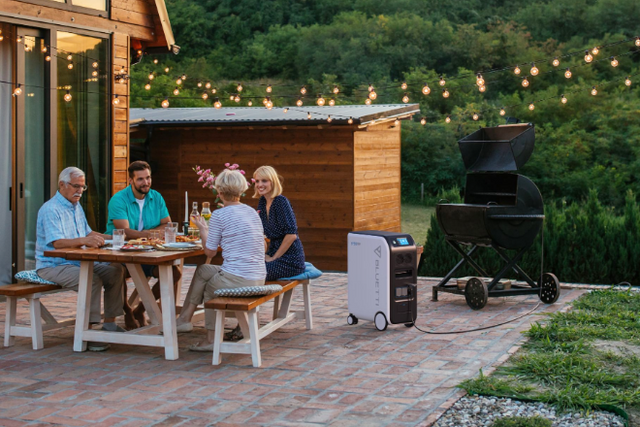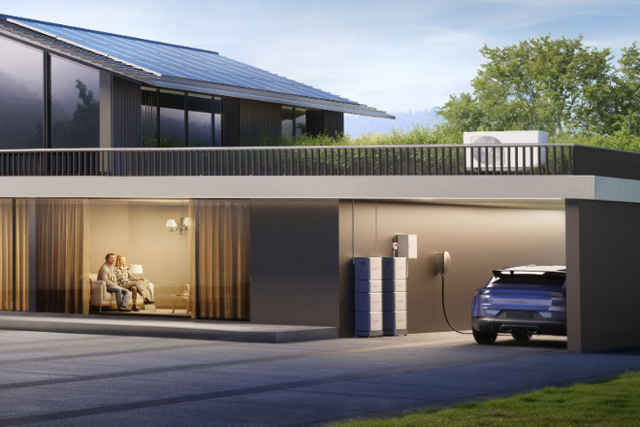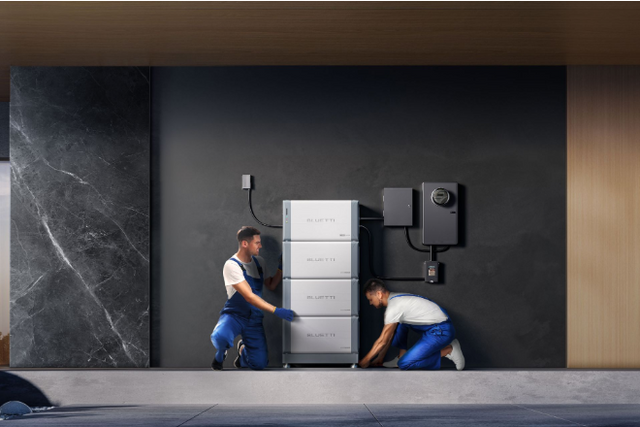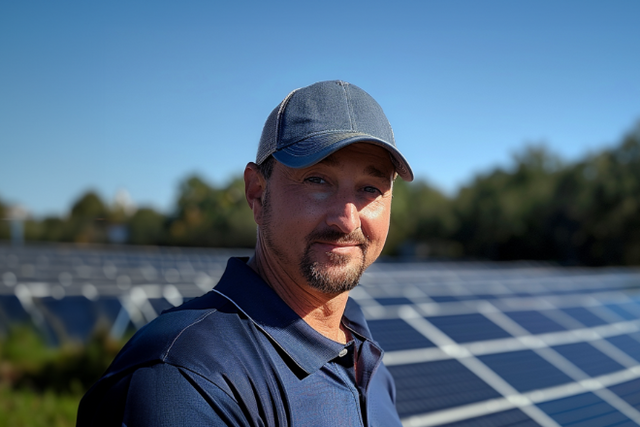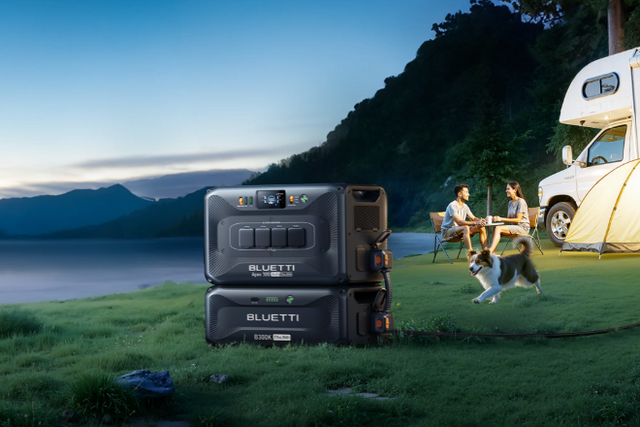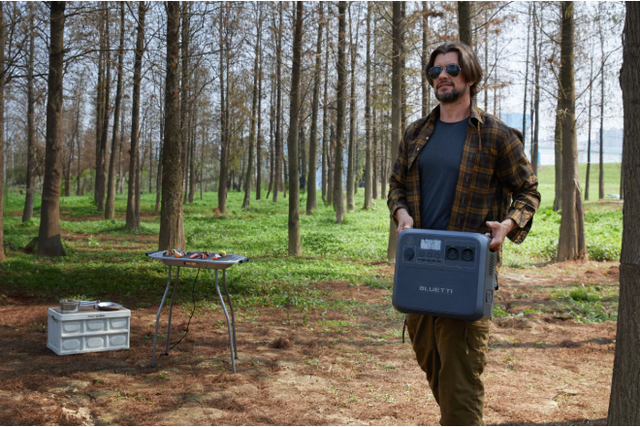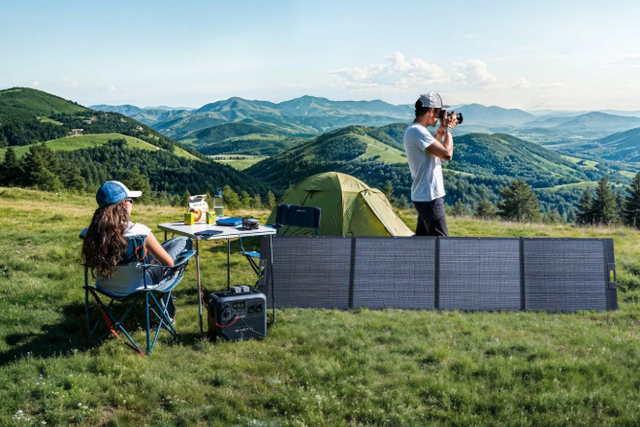Green, renewable, clean and self-consumption energy is beginning to be an alternative from which everyone wants to benefit. We read news, for example, that aid is being allocated from Europe for self-consumption, that many town halls are beginning to bet on solar panels or that the market is evolving rapidly to bring us cheap and practical devices to start using and generate green energy. All this set of symptoms encourage both large companies and individuals to try some of the alternatives for consumption at home that exist. And among all of them, the solar panels stand out without a doubt.
Whether for environmental reasons or to save energy, solar panels are a bet that will only bring benefits to your customers. For this reason, in this article we wanted to address the most important issues that you must take into account if you also want to be part of that modern collective that collects its own electrical energy with solar panels . We will help you answer the million dollar question: how many solar panels do I need to power my house? Although we anticipate that there are many variables that can affect the result, so you will have to be patient to be able to hit the nail on the head.
Characteristics to consider before choosing solar panels
Before starting, you should take into account some factors that will be decisive when it comes to having optimal performance. That is, to know the final number of solar panels that your house needs, you must first understand concepts such as efficiency, orientation, size, etc. For example, if you get solar panels of 550 volts of power you will need less quantity than if you buy others of a lower power. Thus, one of the characteristics that will end up determining the number of solar panels will be, among other things, their power.
Therefore, we need to gather some relevant information so that we can make an informed decision. In this case, we refer to aspects of the house, energy consumption, orientation, size of the roof, etc.
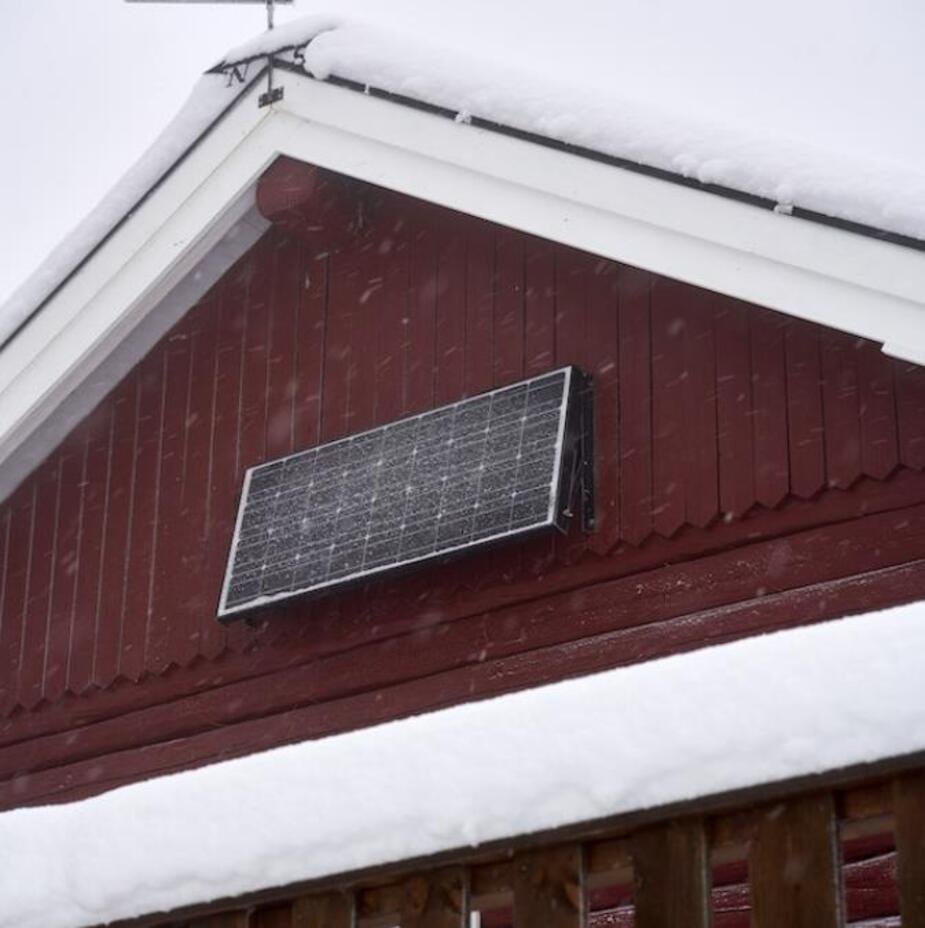
Calculate your household consumption annually
One of the first data that we must collect is the household consumption of kWh per year. In principle, if all the devices you use in your day to day are electrical, knowing that consumption at home will be as simple as looking at an electricity bill and looking for the annual data. However, if you are thinking of doing an electrical installation and switching to household appliances, you will have to calculate the consumption in the home of the new household appliances, guided by the energy efficiency label.
In previous articles we have explained how to interpret these labels that most household appliances carry. As for example in this article in which we talked about refrigerators and how to calculate how many watts it consumes . Among other things, we mentioned that on the label you will not only be able to access the basic information on the consumption and efficiency of the appliance, but you will also be able to scan a QR code where there will be more information that will undoubtedly be important to finish calculating the kW.
Roof orientation
To make a photovoltaic installation in Spain it is always preferable to do it facing south because it is the most suitable for efficiently taking advantage of solar radiation throughout the day. As an alternative, if your roof, or the orientation of the space that you want to dedicate to the solar panels is not oriented to the south, you can look for an orientation to the southeast or southwest since the loss of performance is minimal: from 1 % to 4%.
If none of these three options is possible for you, you should seriously consider the compensation of the installation. Since the orientations to the north, east or west have a loss of 20 or 30%, even more. In these cases, you should request a personalized study to evaluate if the loss can be compensated with more solar panels or if, on the contrary, it is not worth it. In these cases, it is best to have solar trackers that help us to manipulate the panels as we see fit or with panels with frames that can be graduated.
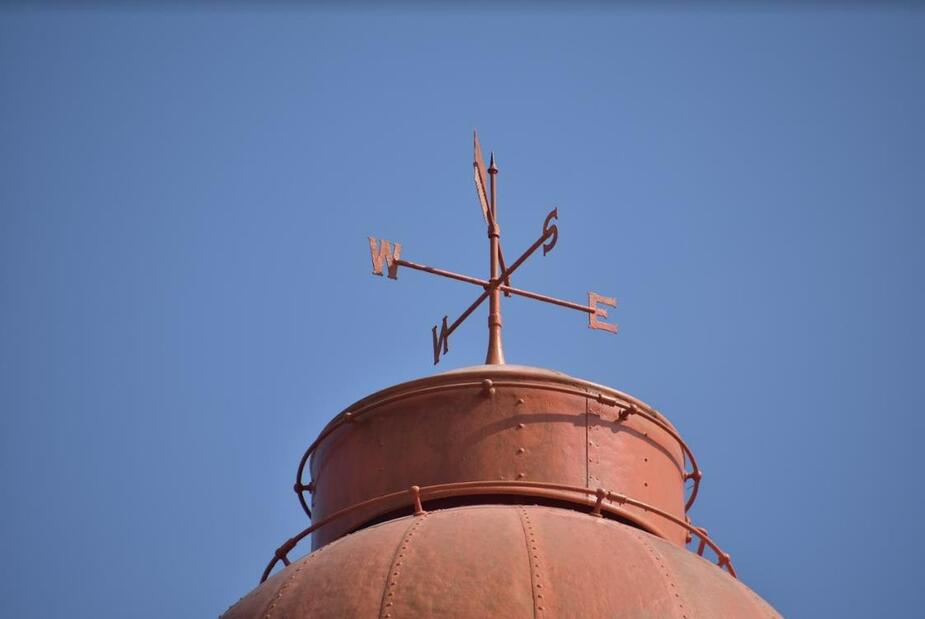
Geographical location and climatology
Knowing how many hours of daylight you have on average per year and in each season in the area of residence is extremely important. And it is that, for the most part, in Spain we have a large number of hours of sunshine but depending on the altitude and geographical location, the weather conditions can vary a lot. From the sunny hours of Andalusia to the long and cold winters of the Basque Country, in our country we can find a great amalgamation of climates. For this reason, it is important to do a little research on the hours of sunshine that our province receives annually, so we can know how long our "active" solar panel would be receiving sun.

How many solar panels do I need to power my house?
Once we are clear about all the determining characteristics, it is time to clarify the million dollar question. As you may have seen, each house and family will have unique circumstances, from the amount of electricity they consume to the orientation of their roof. All these variables will make you have to get more or less solar panels.
The most important thing to consider is the power of the plates. And it is that the more efficient, the fewer number of plates you will need. However, you probably don't want a few solar panels, but a lot, either because you live at a high altitude or because you don't have many daylight hours.
These are the types of solar panels that you can choose according to the performance you are looking for:
- Monocrystalline Panels: this type of panel has a yield of 16 to 23%
- Polycrystalline Panels: these panels have a yield of 15 to 19%
- Amorphous honeycombs: they have a yield of 8 to 12%
Next, choose the number of solar panels based on energy consumption:
- If your consumption at home is about 2. 000 kWh you will only need 2 - 4 solar panels.
- If you have an annual household consumption of between 4. 000 to 6. 000 kWh you will need about 7 - 9 solar panels
- If you have an annual household consumption of between 8. 000 to 10. 000 kWh you will need about 16 - 20 solar panels
Therefore, monocrystalline solar panels are the best options so that the performance of our installation is efficient and all the investment pays off. For example, you can count on the options of BLUETTI where you will find monocrystalline silicon plates, easy to use, foldable so you can install them wherever you want and with a yield of 23.4%.
Shop products from this article
You May Also Like

¿Qué son las placas solares verticales?
Averigua todo sobre las placas solares verticales para espacios reducidos y climas extremos, capturando energía solar con eficiencia en paredes y fachadas.

Las ventanas solares: una innovadora solución para obtener energía verde
Descubre las ventanas solares, que combina la funcionalidad de las ventanas tradicionales con la capacidad de generar electricidad. Descubre cómo funcionan, sus ventajas y desventajas, y en qué casos son...

El ventilador con placa solar: un imprescindible en los hogares Eco-amigables
Refresca tu hogar de manera eco-amigable | Descubre cómo funciona un ventilador solar, una opción para hogares sostenibles durante el verano.



